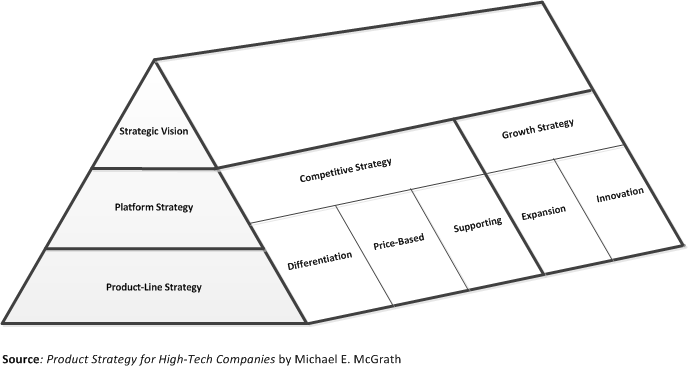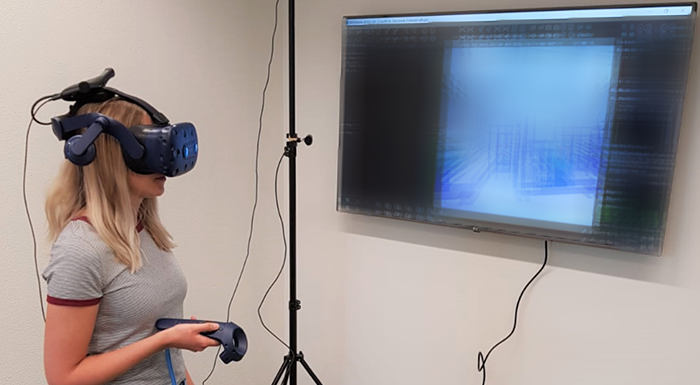
At the base of a clear project objective should be a clear vision and an opportunity-focused strategy. For complex development projects in the manufacturing industry, the translation into objectives is often straightforward and these objectives can be very well related to the current views and strategies.
Road mapping is an excellent tool for the OEM developer to get grip on complex development projects. In this article I will explain why this is the case.
Complex development projects are often characterised by their cross-organisational impact and multidisciplinary scope. With these kind of projects, even clear goals are often translated by the various parties involved into deviating milestones, phases and dependencies. The common denominator then remains to be a supported strategy, based on market opportunities.
Focus and understanding of cohesion and sequencing are crucial when realising goals in complex development trajectories. Road mapping helps to retain focus and understanding at every moment of the project.
Complex?
When can a development project be regarded as complex? Even the development of a ‘one off’ in machine building often has a multidisciplinary character. With regard to engineering this soon requires development in the field of not only mechanics, but also hardware and software. Furthermore, a great many departments will soon be involved in this, such as Purchase, Production, Logistics, Installation and Service.
Setting up an integral modular product platform for OEM is a complex matter because often you also need optimalisation of the primary process of the organisation for this. Also, matters such as a longer lead time, securing support and priority, and possibly phase-in/phase-out of old products can increase complexity.

Overview and grip on the project
When there is no overview, stakeholders could experience complexity as chaos. Plotting (planning) of steps and milestones often only provides focus on lead times and sequencing. You cannot see here how technological capacity can be addressed optimally and aligned with regard to the realisation of commercial and strategic goals. In the 1970s, Motorola developed a technique that is actually aimed to facilitate this.
In short, road mapping is a technique to visualise strategies. A road map provides an overview by displaying sequencing and dependencies. A road map also creates a uniform insight and offers the focus required to reach goals. A road map is optimally matched to the specific goals it must serve and therefore no two road maps are the same.
A good road map is designed to get grip on complex development projects. It also gives insight into the risks and the strategy to reduce risks as early on in a project as possible. Reducing or eliminating technical or project-based risks has a direct influence on the efficiency and accuracy on matters in which can be planned in detail. Another central theme in complex development projects is maintaining support and priority. To this effect, it is important to, for the purpose of acceptation, validation or review, display milestones. Can we help you to set up a development road map so you can successfully reach your strategic objectives? Please, contact us.












